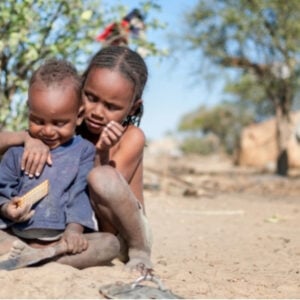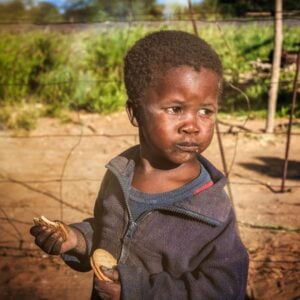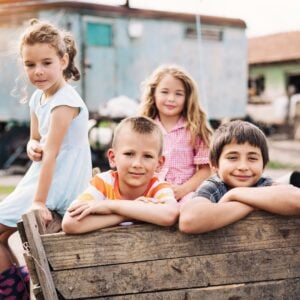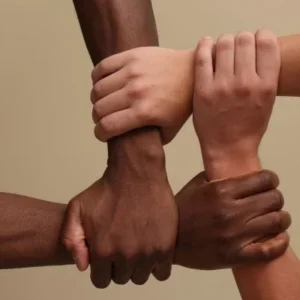One week after a devastating earthquake struck central Philippines, approximately 2.7 million children, or 10 percent of the country’s students, remain out of school, many too frightened to attend classes due to thousands of aftershocks continuing to shake the region. In Cebu, over 2,200 schools were damaged or destroyed, leaving more than 1,800 classrooms unusable and over 200 schools with severely damaged toilets and washing facilities. Debris scattered across playgrounds, roads, and school buildings has compounded the disruption, making a return to normal schooling unsafe.
The earthquake, which struck on 30 September, is the deadliest in the country in at least a decade, killing around 72 people and injuring over 294. The ongoing aftershocks have intensified fear among children and families, with some children too scared to return to school, worried that buildings might collapse and trap them inside. Many are in desperate need of clean water, with some holding up cardboard signs saying “Tubig,” the Tagalog word for water, to signal their urgent needs.
Children like 13-year-old Jade, currently living in a makeshift tent with her family, continue to experience trauma. She described being scared whenever the ground moves and not knowing whether her school had been damaged. Humanitarian organizations such as Save the Children have provided hygiene kits to families like hers and are emphasizing the need for psychosocial support to help children process their experiences and prevent long-term setbacks in education.
In addition to water, shelter, and psychosocial support, children urgently need learning materials and safe spaces to continue their education while schools and infrastructure are rebuilt. Save the Children is actively working on the ground in Cebu to distribute food, water, and hygiene kits, and is preparing temporary learning spaces to ensure that children can continue learning and regain a sense of normalcy. The organization has supported the Philippines since 1981 through programs focused on humanitarian response, health, nutrition, education, and the protection of children’s rights.







